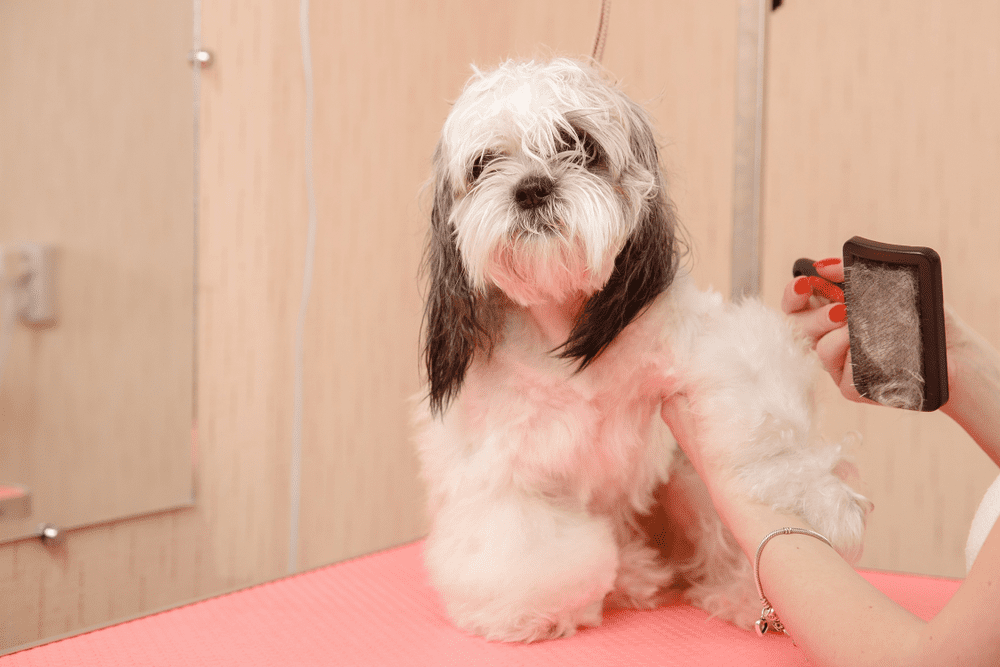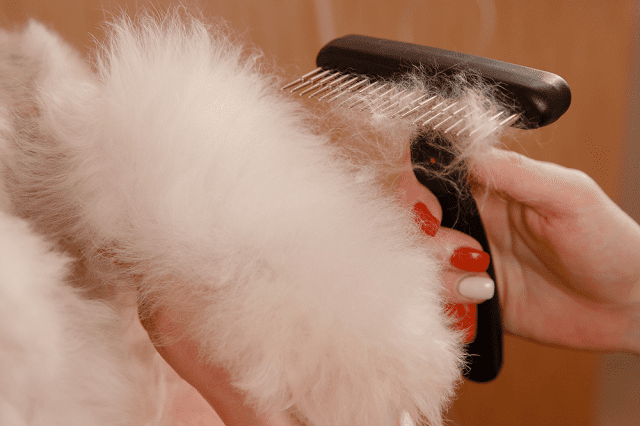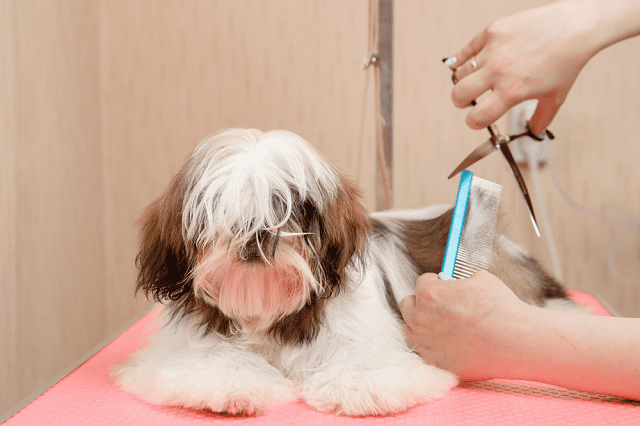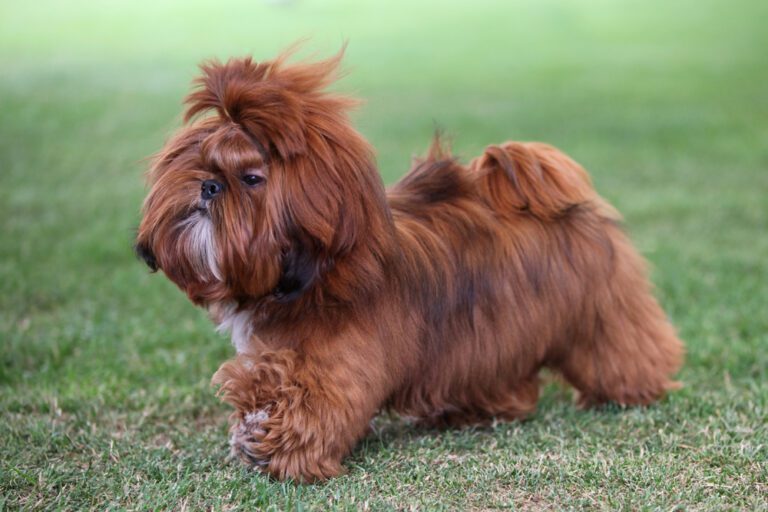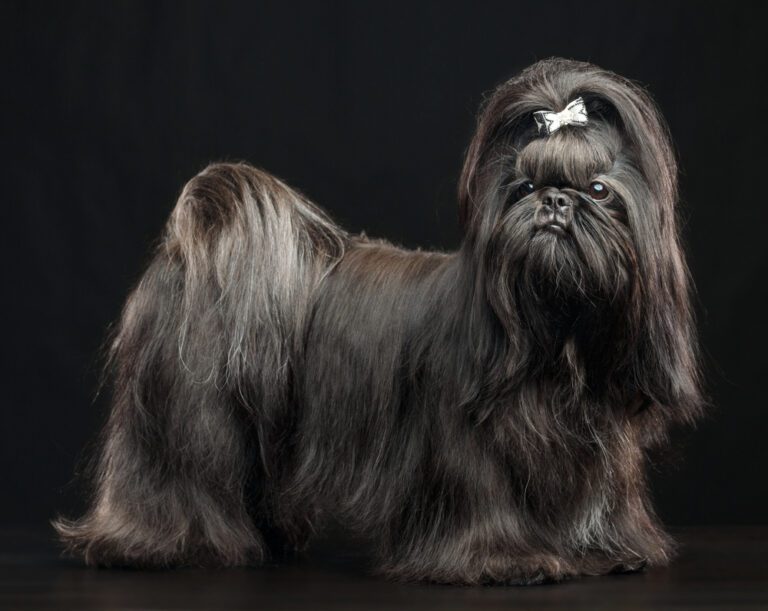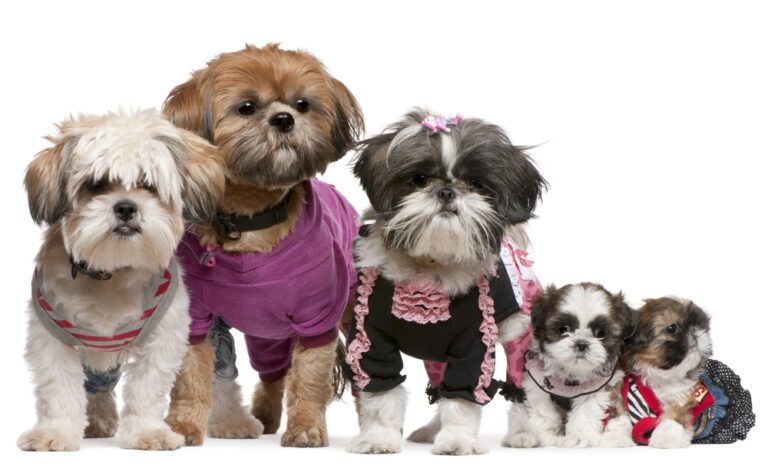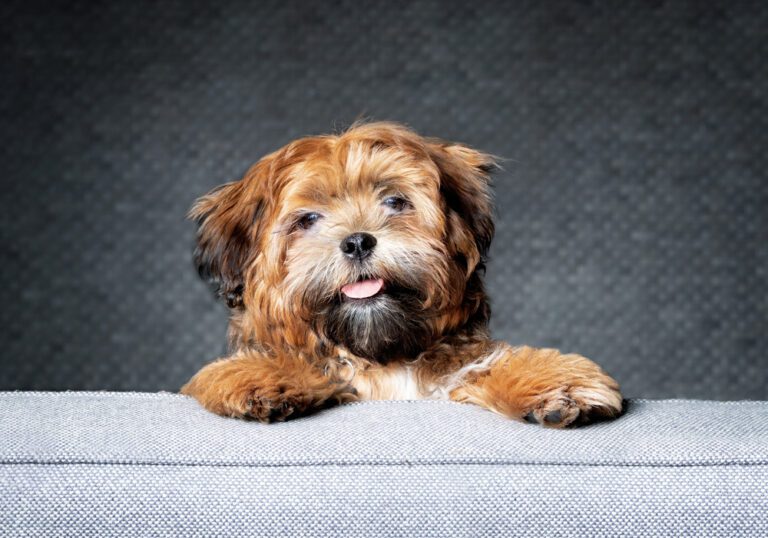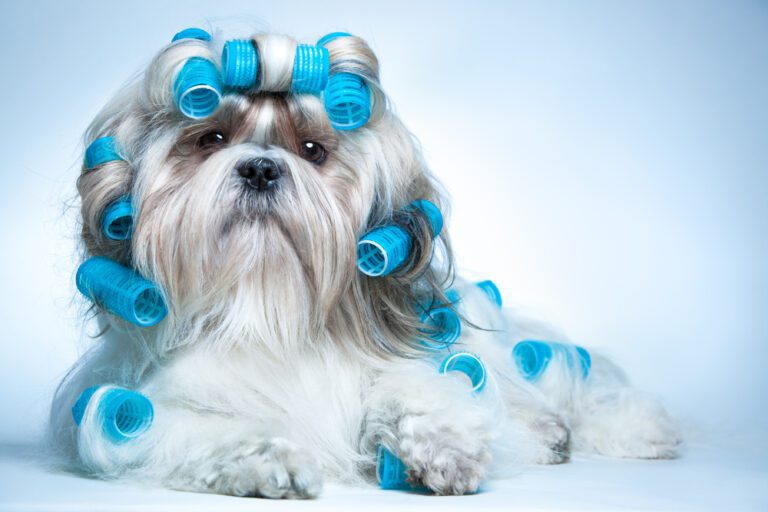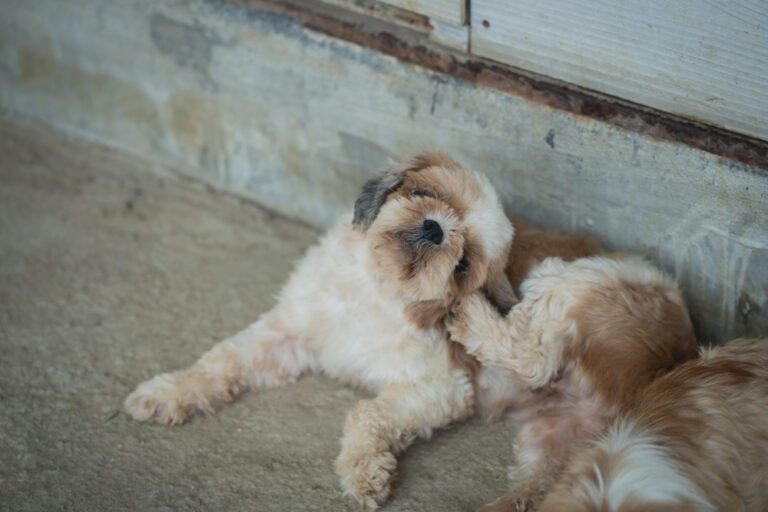Do Shih Tzu Molt? Unraveling the Furry Truth!
Shih Tzus are among the most adored dog breeds globally, beloved for their lively personalities and distinctive appearance. Known for their expressive eyes and luxurious mane, they capture hearts everywhere. If you’re a Shih Tzu enthusiast or considering becoming one, you might wonder about their grooming needs, specifically whether they molt.
This article aims to address this question, debunk common myths about Shih Tzu shedding, and provide essential grooming tips to ensure your furry friend stays looking and feeling great. Let’s explore the shedding habits of Shih Tzus and arm you with the knowledge to maintain their beautiful coat effectively.
Do Shih Tzu Molt? Understanding Their Coat
Shih Tzus are known for their beautiful, flowing coats in various colors and patterns. Unlike many other breeds, they have a double coat. This means they have a soft, thick undercoat beneath a smoother, longer outer coat. Their fur can grow long and feel silky, adding to their cuddly appearance.
Molting vs. Shedding: What’s the Difference?
The terms “molting” and “shedding.” Molting typically refers to birds losing feathers, but it can also mean hair loss in some animals, usually in large amounts at specific times. In dogs, we usually use the term “shedding.” Shih Tzus shed somewhat, but unlike many breeds, their shedding is minimal. They don’t lose their coat in big patches or seasonally like some dogs.
When and How Do Shih Tzus Shed?
Shih Tzus may shed a little year-round, but they don’t drop large amounts of hair around your home. This minimal shedding often happens during grooming when you might notice hair on the brush. Since their hair grows continuously, regular grooming is crucial to keep their coat healthy and prevent mats and tangles. Proper grooming also helps to manage the small amount of loose hair and keep their coat shiny.
Understanding Shih Tzu itserns can help you better prepare for your pet’s grooming needs. Regular, gentle brushing is a wonderful way to bond with your Shih Tzu while keeping its coat in top condition.
Factors Influencing Shih Tzu Shedding
- Seasonal Changes and Their Impact: Shih Tzus may shed slightly more during spring and fall due to temperature changes. Maintaining a consistent indoor environment helps minimize this shedding.
- Health and Nutrition: A healthy diet rich in proteins, fatty acids, and vitamins can reduce shedding and improve coat health. Changes in coat quality or unusual shedding may signal health issues requiring a vet’s attention.
- The Role of Grooming in Managing Shedding: Regular grooming, including brushing several times a week and routine baths, is crucial for controlling shedding and keeping the coat healthy.
- Stress and Environment: Environmental changes and stress can increase shedding. Maintaining a calm environment and providing regular attention can help manage stress-related shedding.
- Age-Related Changes: Older Shih Tzus may shed more due to changes in skin health and coat density. Regular veterinary care is important for managing age-related shedding.
Addressing these factors, you can help keep your Shih Tzu’s coat in excellent condition and minimize shedding. Regular care and proper grooming keep your pet healthy and happy.
How to Manage Shih Tzu Shedding
- Adopt Best Grooming Practices: Regularly brush your Shih Tzu to prevent mats and tangles, using gentle strokes to comfort and bond with your pet. This keeps its coat clean and distributes natural skin oils, improving its health.
- Choose the Right Tools: Use a pin brush to detangle and remove loose fur, followed by a fine-toothed comb to smooth the coat and remove any remaining tangles. To avoid irritation, ensure these tools are suitable for sensitive skin.
- Establish a Grooming Routine: Brush your Shih Tzu’s coat daily to manage loose hair. Bathe them every three to four weeks with a gentle dog shampoo to avoid drying out their skin, which can increase shedding. Schedule professional grooming sessions every few months for hair trimming around sensitive areas like paws, ears, and eyes.
- Maintain a Healthy Diet: A nutritious diet rich in omega fatty acids can improve Shih Tzu’s coat quality and reduce shedding. Ensure they have a balanced diet that supports skin health and fur strength.
- Monitor Health Regularly: Regular vet check-ups can help identify any health issues that may cause excessive shedding. Keeping up with vaccinations and flea and tick prevention is also crucial for maintaining healthy skin and coat.
By incorporating these detailed practices into your care routine, you can effectively manage shedding and ensure your Shih Tzu remains healthy, comfortable, and beautiful. Regular grooming, proper nutrition, and consistent health monitoring are key to minimizing shedding and enhancing your pet’s overall well-being.
Common Myths About Shih Tzu Shedding
Myth: Shih Tzus Are Completely Hypoallergenic
It’s a common misconception that Shih Tzus are hypoallergenic due to their minimal shedding. No dog breed is truly hypoallergenic, as all dogs produce dander, saliva, and urine, which are the real triggers for allergies. Shih Tzus may suit some allergy sufferers, but spending time with the breed is important to see if their dander affects your allergies.
Myth: Shih Tzus Don’t Shed at All
While Shih Tzus shed less than many other breeds, they are not non-shedding. They lose hair, especially without regular grooming. Their long coats can hide shed hair that eventually falls out in noticeable amounts if not regularly groomed.
Myth: Allergic Reactions Are Caused Only by Dog Fur
Allergic reactions are often attributed solely to dog fur, but they are more commonly triggered by dander and proteins in a dog’s saliva and urine. These allergens can adhere to a dog’s fur and become airborne.
Myth: Frequent Bathing Will Stop Shih Tzu Shedding
Some believe that frequent bathing will reduce shedding and allergens. However, over-bathing can dry out a Shih Tzu’s skin, increasing dander production and shedding. Balancing grooming routines is crucial for maintaining healthy skin and coats.
Proper grooming, a balanced diet, and regular vet check-ups are essential for keeping a Shih Tzu’s shedding under control and reducing allergens.
Conclusion
Shih Tzus are low shedders, but regular grooming is essential to maintaining their coats and minimizing shedding. Brushing, proper tools, and a balanced bathing routine keep their coats healthy and reduce allergens.
Understanding shedding myths and managing allergens effectively ensures a better experience for you and your pet. Regular vet visits, a nutritious diet, and consistent care improve their well-being. Grooming is more than maintenance—it’s a way to strengthen your bond and ensure your Shih Tzu stays happy, healthy, and comfortable.
FAQ’s
Does Shih Tzus shed a lot?
No, Shih Tzus are considered low shedders compared to other dog breeds. They shed some hair, especially if not regularly groomed, but generally, they are a good option for those seeking a pet with minimal shedding.
Are Shih Tzus hypoallergenic?
No dog is completely hypoallergenic, including Shih Tzus. While they shed less and may be easier on allergies due to less fur in the environment, they still produce dander, which can trigger allergic reactions.
How often should I groom my Shih Tzu to control shedding?
Brushing your Shih Tzu several times a week is recommended to manage shedding and prevent matting. Regular baths every three to four weeks can help reduce shedding and clean their coats.
What are the best grooming tools for a Shih Tzu?
A pin brush and a fine-toothed comb are essential for Shih Tzus. The pin brush helps detangle and remove loose fur, while the comb smooths the coat and catches any remaining tangles.
Can stress affect my Shih Tzu’s shedding?
Yes, stress can increase shedding in Shih Tzus. Environmental changes, anxiety, or lack of routine can lead to more shedding. Maintaining a stable environment and regular grooming can help minimize stress-related shedding.

